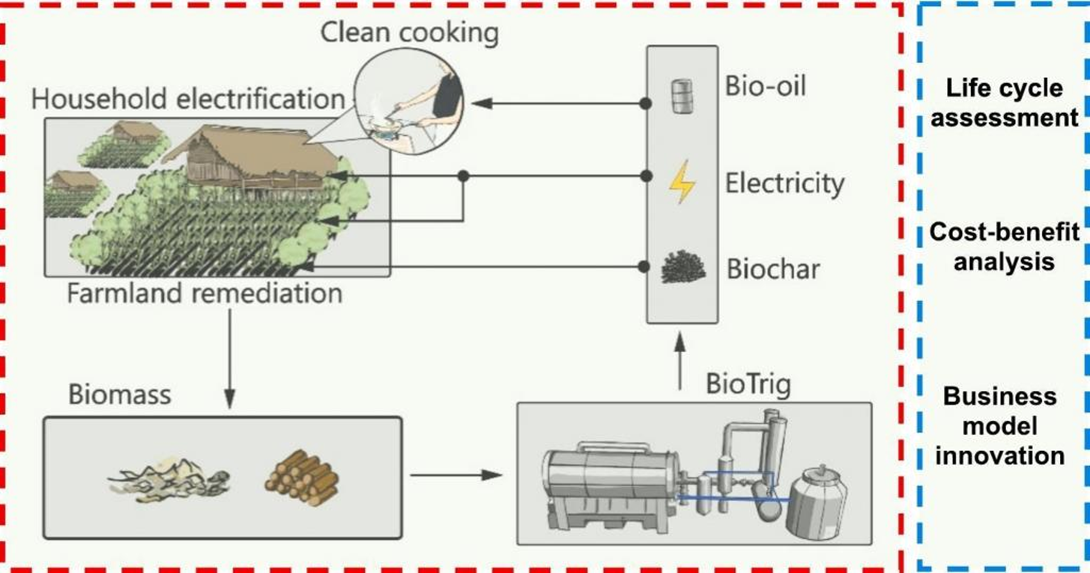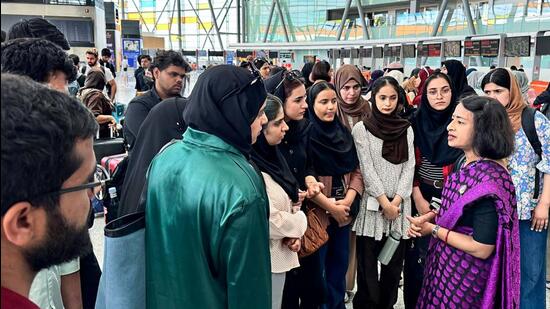- Courses
- GS Full Course 1 Year
- GS Full Course 2 Year
- GS Full Course 3 Year
- GS Full Course Till Selection
- Answer Alpha: Mains 2025 Mentorship
- MEP (Mains Enrichment Programme) Data, Facts
- Essay Target – 150+ Marks
- Online Program
- GS Recorded Course
- Polity
- Geography
- Economy
- Ancient, Medieval and Art & Culture AMAC
- Modern India, Post Independence & World History
- Environment
- Governance
- Science & Technology
- International Relations and Internal Security
- Disaster Management
- Ethics
- NCERT Current Affairs
- Indian Society and Social Issue
- NCERT- Science and Technology
- NCERT - Geography
- NCERT - Ancient History
- NCERT- World History
- NCERT Modern History
- CSAT
- 5 LAYERED ARJUNA Mentorship
- Public Administration Optional
- ABOUT US
- OUR TOPPERS
- TEST SERIES
- FREE STUDY MATERIAL
- VIDEOS
- CONTACT US
NEW WASTE MANAGEMENT TECHNOLOGY ‘BIOTRIG’
NEW WASTE MANAGEMENT TECHNOLOGY ‘BIOTRIG’
-
A recent study highlights the potential of a new waste management technology, BioTRIG, to revolutionize life in rural India.
-
By using pyrolysis at the community level, this innovative system aims to reduce indoor air pollution, enhance soil health and provide clean electricity, providing multiple benefits to below poverty line (BPL) rural communities.
-
Pyrolysis is a process that involves heating organic materials in the absence of oxygen.

Technology Overview:
-
BioTRIG utilizes pyrolysis, a form of chemical recycling, to convert organic waste into useful components like bio-oil, syngas, and biochar fertilizer.
-
Pyrolysis involves heating waste in an oxygen-free chamber at temperatures exceeding 400 degrees Celsius, producing valuable chemicals.
-
The study highlights the potential of these pyrolysis by-products to improve soil fertility, replace traditional cooking fuels, and generate clean energy for rural households.
Research Insights:
-
Researchers surveyed 1,200 rural households in Odisha to understand their cooking, energy, and farming needs.
-
Over 80% of respondents expressed a desire to shift from traditional smoke-producing cooking fuels to cleaner alternatives.
-
Nearly all participants prioritized access to reliable grid electricity, with 90% willing to sell agricultural waste to support bioenergy initiatives.
BioTRIG Implementation:
-
Based on survey findings, researchers designed the BioTRIG system to utilize locally generated waste for pyrolysis.
-
Syngas and bio-oil generated from the process can power the system in subsequent cycles, with surplus electricity powering local homes and businesses.
-
Syngas, or synthesis gas, is a mixture of hydrogen and carbon monoxide. The gas often contains some carbon dioxide and methane. It is principally used for producing ammonia or methanol. Syngas is combustible and can be used as a fuel.
-
Bio-oil is a liquid product that's created by rapidly heating organic material in a low oxygen environment. It's also known as pyrolysis oil or bio-crude.
-
Clean-burning bio-oil can replace polluting cooking fuels, while biochar improves soil fertility and stores carbon.
Potential Impact:
-
Computer simulations show that widespread adoption of BioTRIG could significantly reduce greenhouse gas emissions and improve public health in rural India.
-
The technology aligns with United Nations sustainable development goals.
Business Models for Adoption:
2 novel business models are proposed to facilitate BioTRIG adoption:
-
Private sector partnerships providing seed funding in exchange for social benefits and job creation.
-
Villagers contributing waste feedstocks for free in exchange for free biochar and discounted bio-oil, resulting in cost savings.
Conclusion:
BioTRIG offers a promising solution to address the multifaceted challenges facing rural India, including climate emissions, public health and agricultural sustainability. With a scalable business model and government support, BioTRIG has the potential to transform the lives of millions of people in rural India while contributing to global sustainability efforts.



